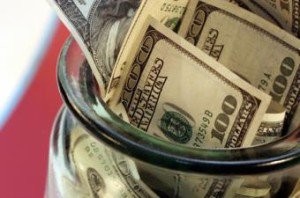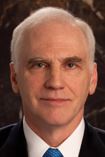 The Federal Reserve announced it would wait for the U.S. economy to stabilize a bit more before raising interest rates.
The Federal Reserve announced it would wait for the U.S. economy to stabilize a bit more before raising interest rates.
The Fed released the minutes of its June Federal Open Market Committee meeting Wednesday, saying that given the pace of improvement in labor market conditions, which slowed in April and May, and the faster-than-expected rise in the gross domestic product, “consumer price inflation continued to run below the Committee’s longer-run objective of 2 percent.”
That 2 percent figure was mentioned by Fed Governor Daniel Tarullo shortly before the minutes came out. At a Wall Street Journal event in Washington, D.C., Wednesday morning, Tarullo said that there is no need to raise interest rates until he is “more convinced that the underlying rate of inflation is around 2 percent."
The latest inflation rate, from May, is 1.02 percent.
“This is not an economy that’s running hot,” he said.
In addition, Tarullo said that the timing for a rate hike does not work now, a week after release of the Fed's annual stress test results for big banks and so soon after the Brexit vote.
Much of what the Fed is waiting on is the job market. According to the June minutes, “although the rate of private-sector job openings remained elevated, the rate of hires declined in both March and April and the rate of quits was unchanged.”

Daniel Tarullo
This translated into slightly higher, but still-low, initial claims for unemployment insurance benefits compared to April, “Labor productivity growth remained slow over the four quarters ending in the first quarter of 2016,” the minutes stated.
Tarullo told the Journal that the Personal Consumption Expenditures index, the Fed’s main barometer for gauging inflation, rose to 1.6 percent year-over-year in May, from 1.3 percent last October.
The whole package, he said, “is not enough to this point to convince me that the rate [of inflation] is headed in a non-transitory way” towards the that wanted 2 percent.
Rates remaining low, he said, should not trigger any bubble-and-bust dynamics in the near future. Still, he worried about pessimistic views of the market.
“If markets do regard economic prospects as only modest or moderate going forward,” he said, “then raising short-term rates is almost surely going to flatten the yield curve, which generally speaking is not good for financial intermediation, and in some sense could exacerbate financial stability concerns.”

 DSNews The homepage of the servicing industry
DSNews The homepage of the servicing industry









